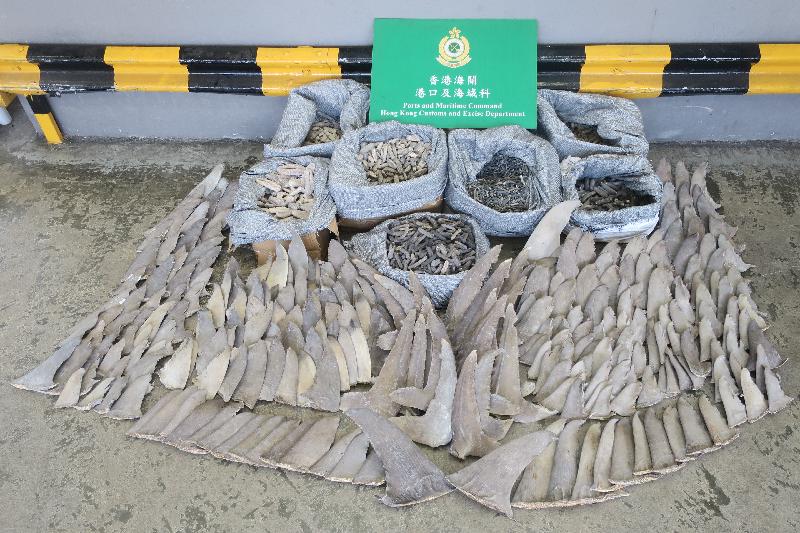The Government today (July 6) published in the Gazette the Air Pollution Control (Fuel for Vessels) Regulation (the Regulation), which requires all vessels to use compliant fuel within the waters of Hong Kong so as to reduce their emissions and improve air quality.
The Regulation will be tabled at the Legislative Council next Wednesday (July 11). If approved by the Council, the Regulation will take effect on January 1, 2019.
A spokesman for the Environmental Protection Department said that the Government has been implementing the Air Pollution Control (Ocean Going Vessels) (Fuel at Berth) Regulation (the Fuel at Berth Regulation) (Cap. 311AA) since July 1, 2015, requiring ocean-going vessels (OGVs) to switch to compliant fuel while berthing in Hong Kong to reduce their emissions. The Regulation seeks to extend the mandatory use of compliant fuel in OGVs while at berth to all vessels (including OGVs and non-OGVs) within the waters of Hong Kong, irrespective of whether they are sailing or berthing. Compliant fuel required by the Regulation includes low-sulphur marine fuel (sulphur content not exceeding 0.5 per cent), liquefied natural gas or any other fuel approved by the Director of Environmental Protection, which has the same requirements as set out in the current Fuel at Berth Regulation.
"The type of vessels affected by the Regulation is mainly OGVs that are using heavy fuel oil (with an average sulphur content of 2.6 per cent). Other non-OGVs (including river trade and local vessels) normally use locally supplied marine light diesel with a sulphur content not exceeding 0.05 per cent and therefore are not affected by the Regulation.
"When the Regulation comes into effect, OGVs that are using heavy fuel oil are required to switch to compliant fuel before entering Hong Kong waters. The owner and master of an OGV are required to record the date and time of fuel switching and keep the relevant records for three years. If an OGV uses technology that can achieve the same or less emission of sulphur dioxide (SO2) when compared with using low-sulphur marine fuel, the OGV may be exempted from using compliant fuel. As the Regulation will cover the scope of control under the current Fuel at Berth Regulation, upon the commencement of the Regulation, the Fuel at Berth Regulation will be repealed," the spokesman added.
When the Regulation comes into effect, except for specified vessel types as set out in the Regulation, the master and owner concerned of any vessel using non-compliant fuel within the waters of Hong Kong will be liable to a maximum fine of $200,000 and imprisonment for six months. Shipmasters and ship owners of OGVs who fail to record or keep the required particulars will also be liable to a maximum fine of $50,000 and imprisonment for three months.
It is anticipated that implementing the Regulation will reduce about 6,340 tonnes of SO2 and 710 tonnes of respirable suspended particulates from marine vessels in 2020 as compared with 2015 emission levels. This will help improve air quality and reduce health risks for the population. The implementation of the Regulation will also enhance regional collaboration with the Mainland on the establishment of a domestic emission control area in the Pearl River Delta.
